Home>Home Maintenance>How Long Should We Run A Power Ventilation System On A Boat After Fueling
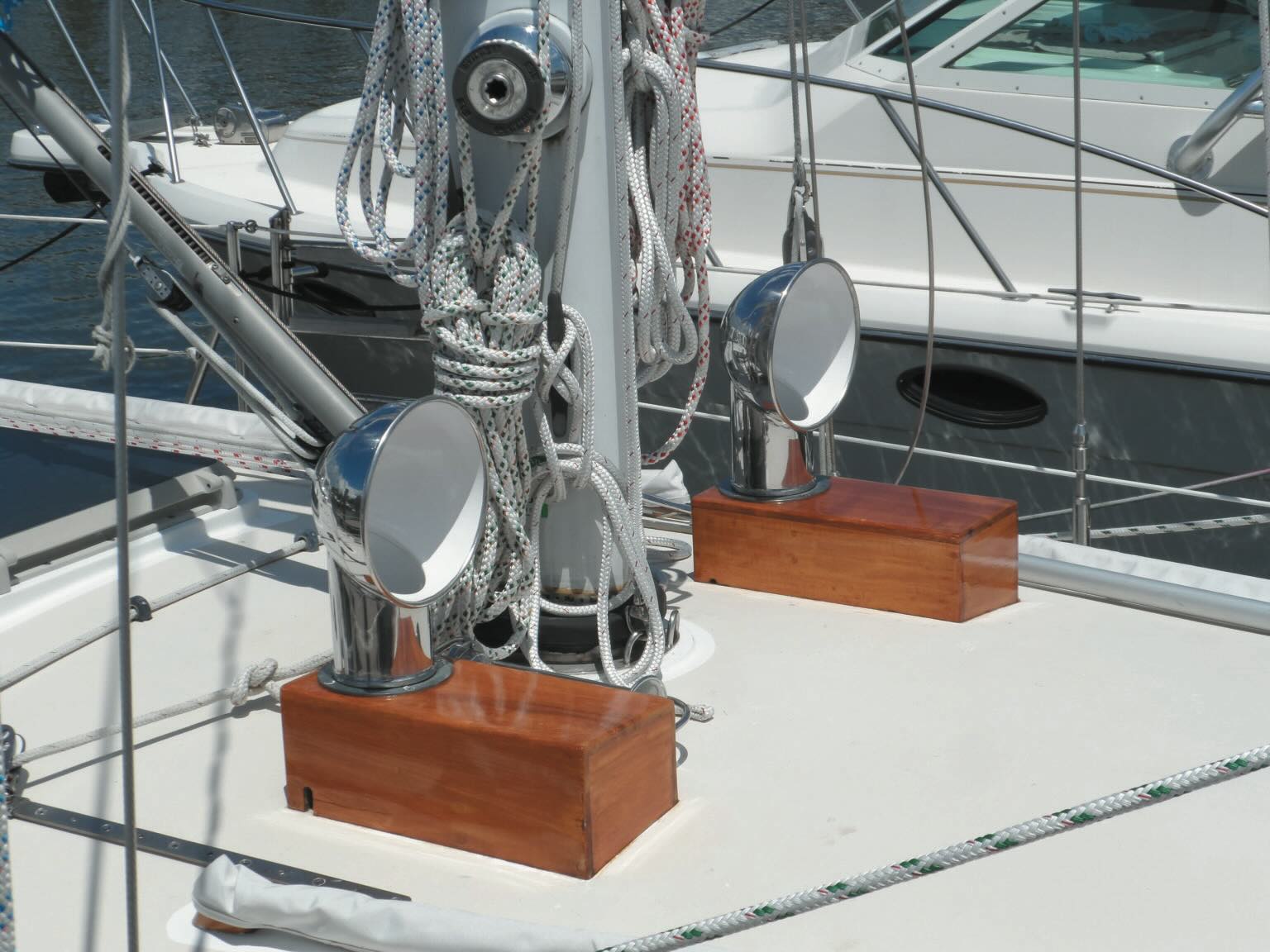

Home Maintenance
How Long Should We Run A Power Ventilation System On A Boat After Fueling
Modified: March 6, 2024
Learn how long you should run a power ventilation system on a boat after fueling to ensure proper home maintenance. Get expert tips and advice.
(Many of the links in this article redirect to a specific reviewed product. Your purchase of these products through affiliate links helps to generate commission for Storables.com, at no extra cost. Learn more)
Introduction
Welcome aboard! If you’re a proud boat owner or a seasoned sailor, you know that proper maintenance is key to ensuring your vessel stays in excellent condition. One important aspect of boat maintenance is the operation of a power ventilation system. This system plays a crucial role in maintaining air quality and preventing the accumulation of potentially harmful gases, especially after fueling. In this article, we will delve into the importance of running a power ventilation system on a boat after fueling and provide expert recommendations for ensuring safety and proper operation.
Understanding how power ventilation systems work and knowing when and how long to run them is essential knowledge for every boat owner. By following a few simple guidelines, you can maintain a safe and healthy environment on your boat, while also prolonging the longevity of your vessel’s internal components. So, let’s explore the ins and outs of power ventilation systems on boats and learn how to use them effectively.
Key Takeaways:
- After fueling your boat, run the power ventilation system for at least 5-10 minutes to remove potentially harmful fumes and ensure a safe and healthy environment onboard.
- For diesel fuel, consider running the power ventilation system for an extended period, potentially up to 30 minutes, to effectively eliminate strong and longer-lasting fumes.
Read more: How Long Should My HVAC Fan Run Per Hour
Understanding Power Ventilation Systems on Boats
Power ventilation systems are designed to circulate air and remove unwanted fumes and odors from the interior of a boat. They typically consist of one or more exhaust fans located in strategic areas, such as the engine compartment, bilge area, or cabin. These fans draw air from the boat’s interior and expel it outside, creating a continuous flow of fresh air.
The primary purpose of a power ventilation system is to remove potentially harmful gases, such as gasoline or diesel vapors, which can accumulate in enclosed spaces after fueling. These fumes are not only unpleasant but can also be dangerous if they reach high concentrations. By running the ventilation system after fueling, you can effectively eliminate these fumes and ensure a safe environment for you and your passengers.
It’s important to note that power ventilation systems are not only beneficial after fueling but should also be used regularly during normal boating operations. By maintaining proper airflow, these systems prevent moisture accumulation and inhibit the growth of mold and mildew. Additionally, they help to reduce unwanted odors that may arise from cooking, bathroom usage, or other activities on board.
Now that we have a basic understanding of power ventilation systems, let’s move on to discussing the safety precautions that should be taken after fueling to ensure the effective operation of these systems.
Safety Precautions after Fueling
After fueling your boat, there are a few important safety precautions to keep in mind before running the power ventilation system:
- Turn off the engine: Before starting any maintenance tasks or operating the power ventilation system, it’s crucial to turn off the engine. This prevents any potential ignition sources and reduces the risk of fire or explosion.
- Allow for adequate ventilation: Open hatches, windows, and doors to allow fresh air to circulate throughout the boat. This helps in dissipating any built-up fumes and promotes a safer environment.
- Check for fuel leaks: Take a few moments to inspect the fuel system for any signs of leaks. Look for the smell of gasoline or diesel fuel, visible signs of fuel dripping, or wet spots around the fuel tank and connections. If you detect a fuel leak, address it immediately and refrain from operating the power ventilation system until the issue is resolved.
- Ensure proper functioning of the ventilation system: Before running the power ventilation system, make sure that all vents, fans, and intake areas are clear of obstructions. Remove any debris, such as leaves or insects, which might hinder the ventilation process.
Once you have taken these safety precautions, it is time to consider the factors that influence the duration you should run your power ventilation system after fueling.
Run the power ventilation system on your boat for at least 5-10 minutes after fueling to ensure any fuel vapors are safely removed from the engine compartment.
Factors to Consider for Running a Power Ventilation System
Several factors come into play when determining the duration for which you should run a power ventilation system after fueling your boat:
- Type of fuel: The type of fuel used in your boat can affect the length of time required to run the ventilation system. Gasoline tends to dissipate more quickly than diesel, so running the system for a shorter duration may be sufficient in the case of gasoline fuel.
- Boat size and ventilation system capacity: Larger boats may require longer periods of ventilation to effectively exchange the air inside the vessel. Similarly, the capacity of the power ventilation system, including the size and number of exhaust fans, should be considered when determining the runtime.
- Environmental conditions: Factors such as temperature, humidity, and wind conditions can impact the rate at which fumes disperse. In conditions with high humidity or low winds, it may be necessary to run the ventilation system for a longer period of time to ensure adequate air circulation.
- Fueling quantity: If you have refueled your boat with a large quantity of fuel, it is advisable to run the power ventilation system for a longer duration. This allows ample time for any excess fumes to be expelled from the boat’s interior.
While these factors provide a general guideline, it is always important to refer to the manufacturer’s recommendations for your specific power ventilation system and consult with experts in the field.
Next, let’s explore some expert recommendations for running power ventilation systems after fueling your boat.
Expert Recommendations for Running Power Ventilation Systems
When it comes to running a power ventilation system after fueling your boat, following these expert recommendations can help ensure optimal safety and performance:
- Run the system for at least 5-10 minutes: A common guideline is to run the power ventilation system for a minimum of 5 to 10 minutes after fueling. This duration allows for the removal of any residual fumes and ensures proper air circulation.
- Consider running the system longer for diesel fuel: Diesel fuel tends to emit stronger and longer-lasting fumes compared to gasoline. If you are using diesel fuel, it is recommended to run the power ventilation system for an extended period, potentially up to 30 minutes, to effectively eliminate the fumes.
- Observe the air quality: Pay attention to the air quality onboard your boat. If you still notice a strong odor or feel discomfort due to fumes, consider running the ventilation system for a longer duration until the air is fresh and free from any lingering fuel smells.
- Adapt to specific conditions: Be flexible with the runtime of the power ventilation system based on variables such as fuel quantity, boat size, weather conditions, and the intensity of the fuel odor. Adjust the duration accordingly to ensure optimal ventilation and safety.
- Maintain regular ventilation practices: In addition to running the power ventilation system after fueling, it is important to establish a routine of regular ventilation during your boat’s normal operation. This helps to prevent the buildup of fumes and maintain a fresh and healthy environment onboard.
Remember to consult your boat’s manufacturer guidelines and seek advice from professionals in the boating industry for specific recommendations tailored to your vessel.
Now that we have explored expert recommendations, let’s conclude our discussion on the importance of power ventilation systems and their operation after fueling.
Conclusion
In conclusion, running a power ventilation system on your boat after fueling is a crucial step in maintaining a safe and healthy environment onboard. These systems effectively remove and dissipate potentially harmful fumes, such as gasoline or diesel vapors, ensuring the safety of you, your passengers, and your boat.
Understanding the basics of power ventilation systems and following a few simple safety precautions, such as turning off the engine and checking for fuel leaks, is essential before running the system. Additionally, considering factors like fuel type, boat size, ventilation system capacity, and environmental conditions can help determine the appropriate duration for running the system.
By adhering to expert recommendations, such as running the system for at least 5-10 minutes, extending the runtime for diesel fuel, monitoring air quality, and adapting to specific conditions, you can ensure optimal ventilation and safety on your boat.
Maintaining regular ventilation practices, both after fueling and during normal boat operation, helps to prevent the accumulation of fumes and maintain a fresh and pleasant environment onboard.
Remember, each boat and its power ventilation system may have specific requirements, so it’s important to consult the manufacturer’s guidelines and seek professional advice when necessary.
So, the next time you fuel your boat, remember to prioritize safety and run the power ventilation system to safeguard yourself, your passengers, and your vessel. Bon voyage!
Frequently Asked Questions about How Long Should We Run A Power Ventilation System On A Boat After Fueling
Was this page helpful?
At Storables.com, we guarantee accurate and reliable information. Our content, validated by Expert Board Contributors, is crafted following stringent Editorial Policies. We're committed to providing you with well-researched, expert-backed insights for all your informational needs.
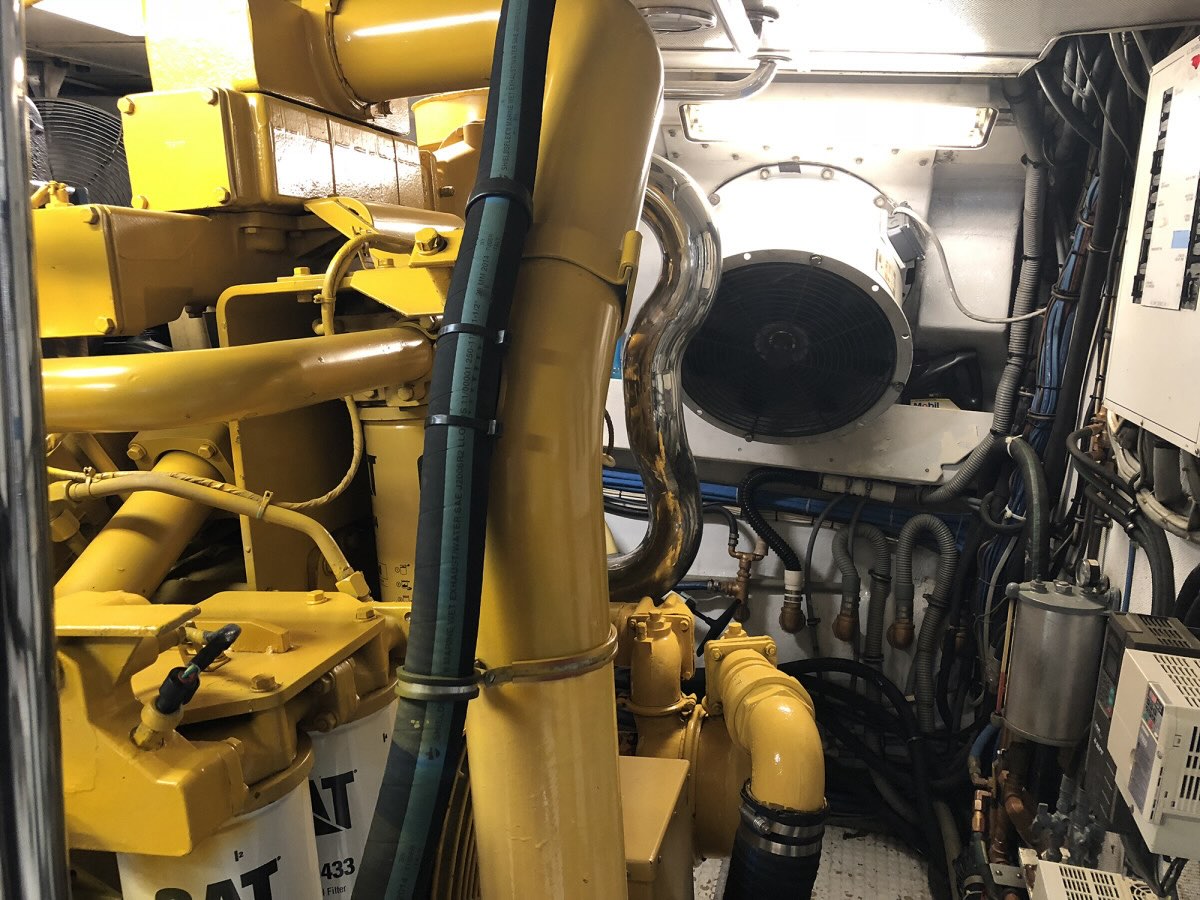
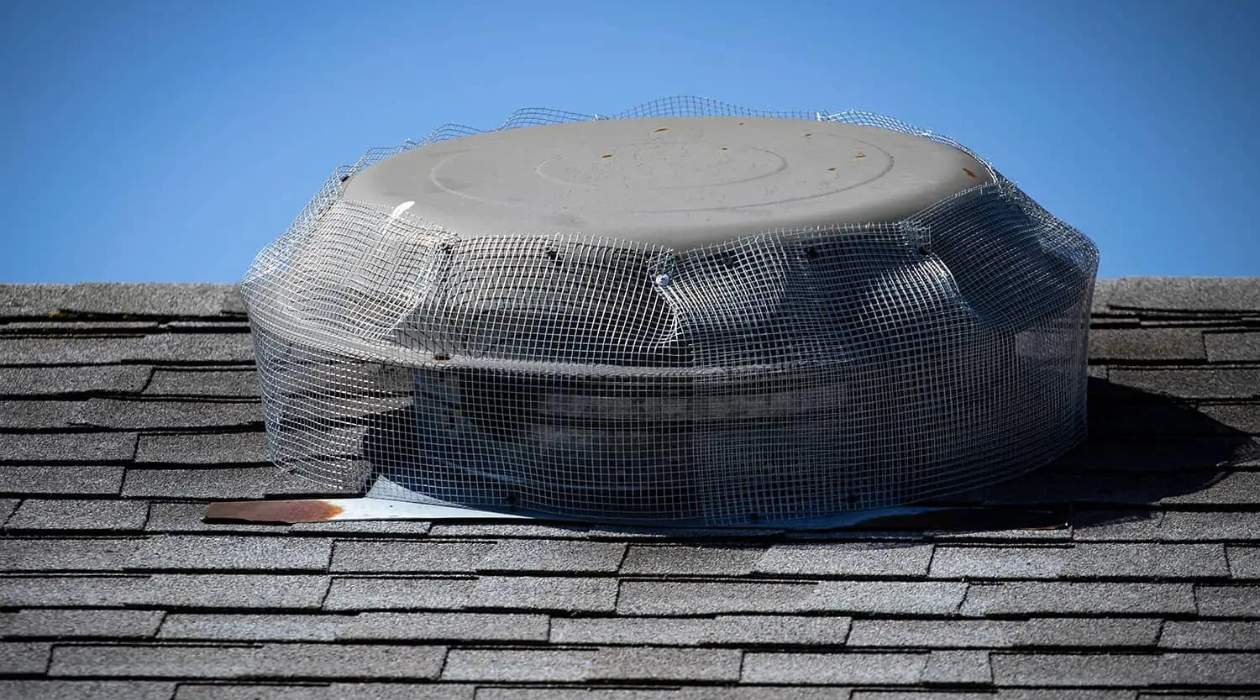
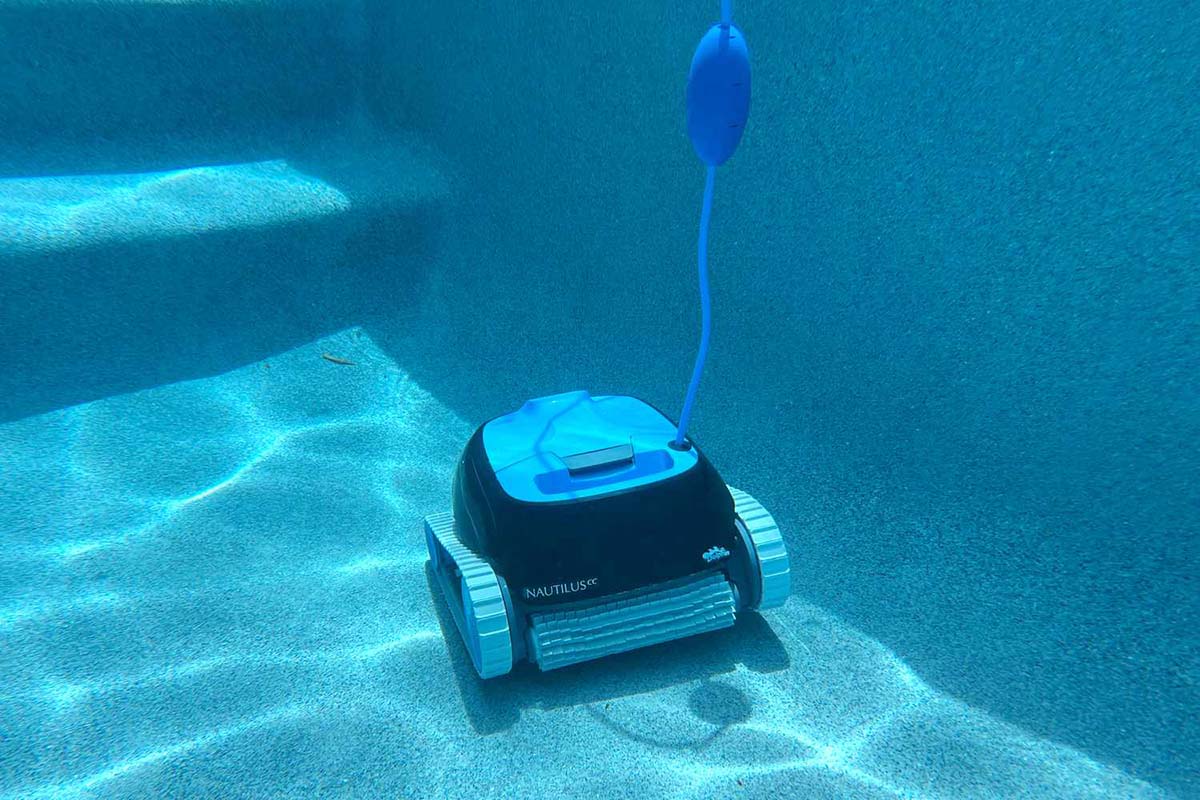
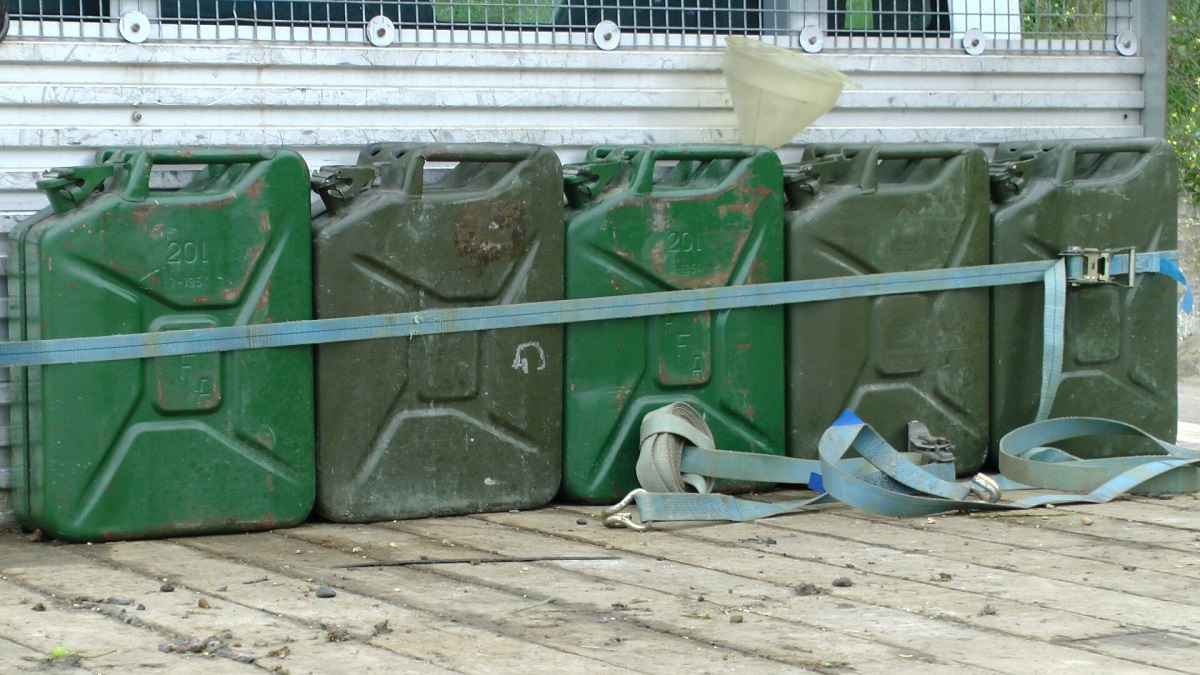
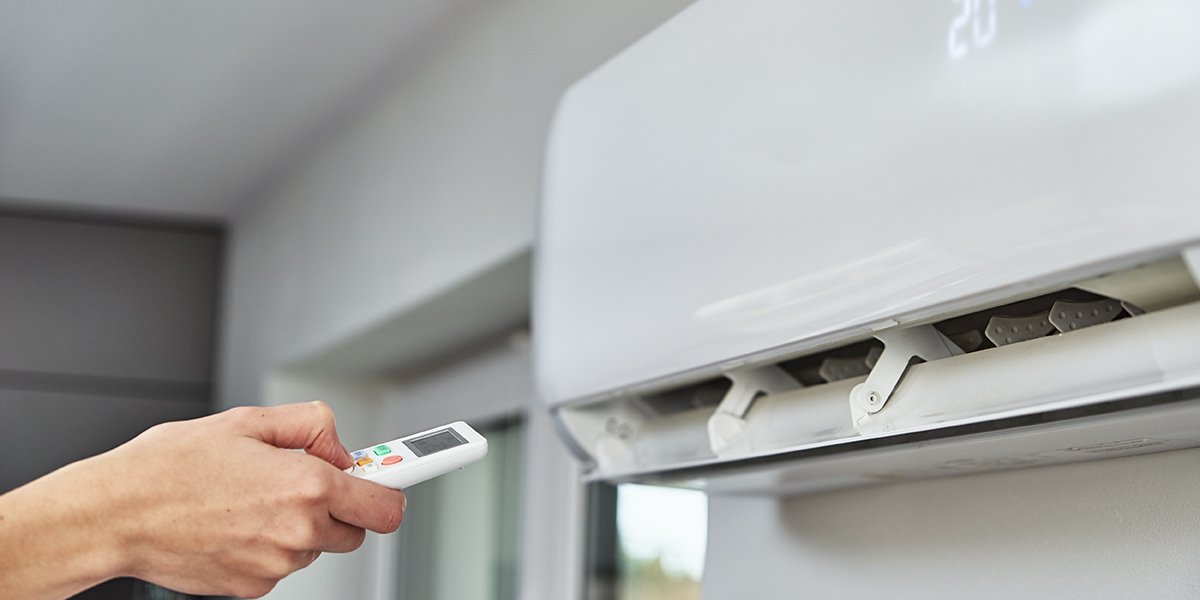
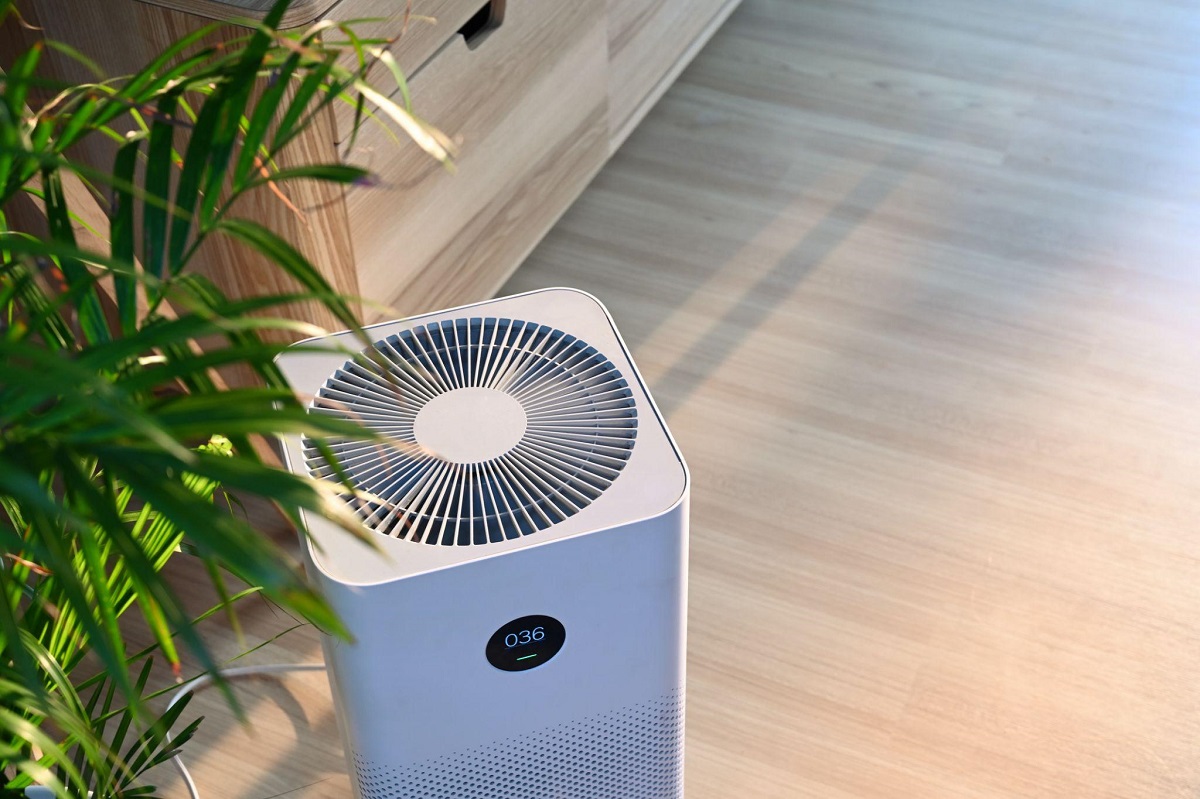
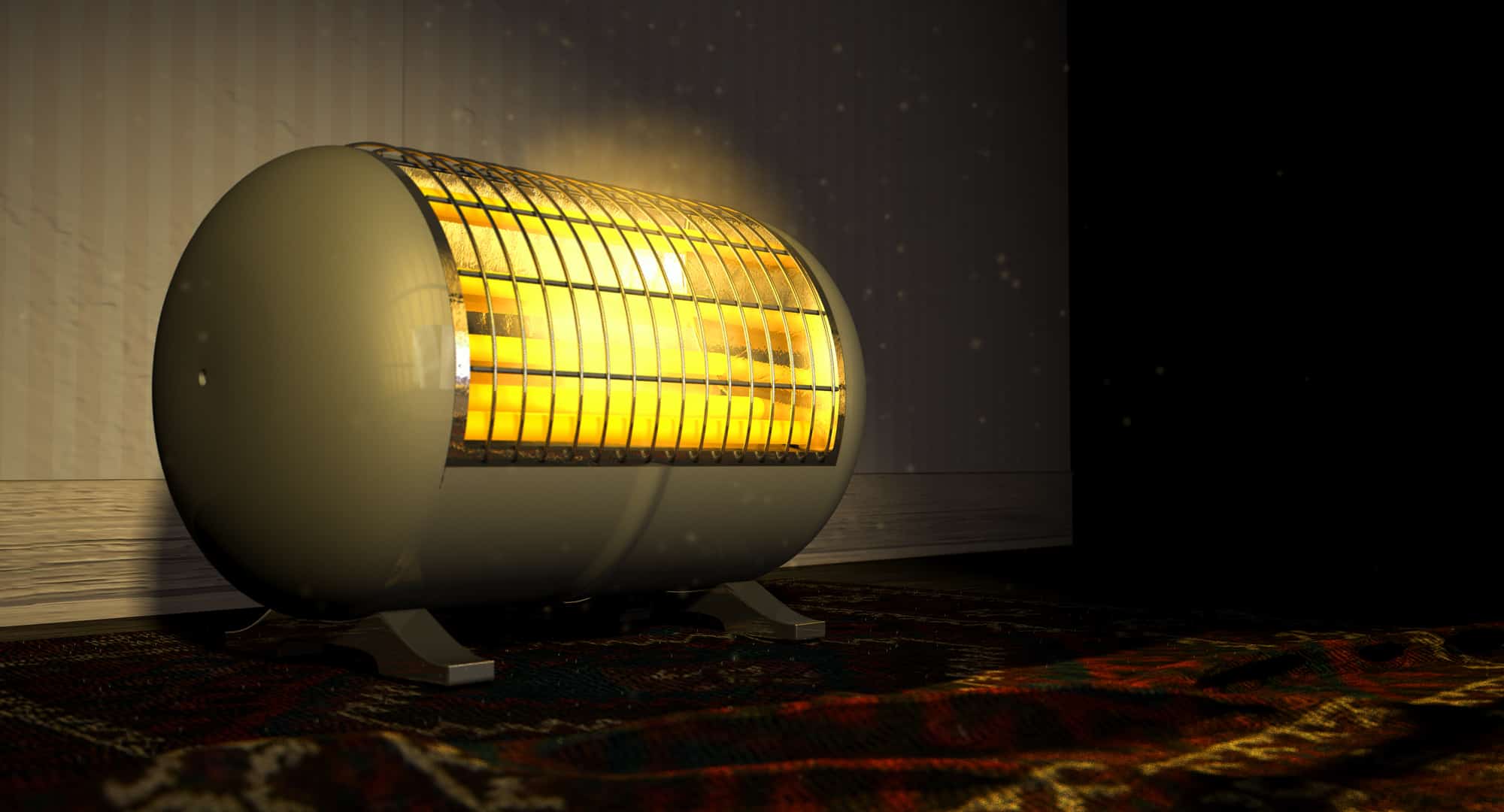
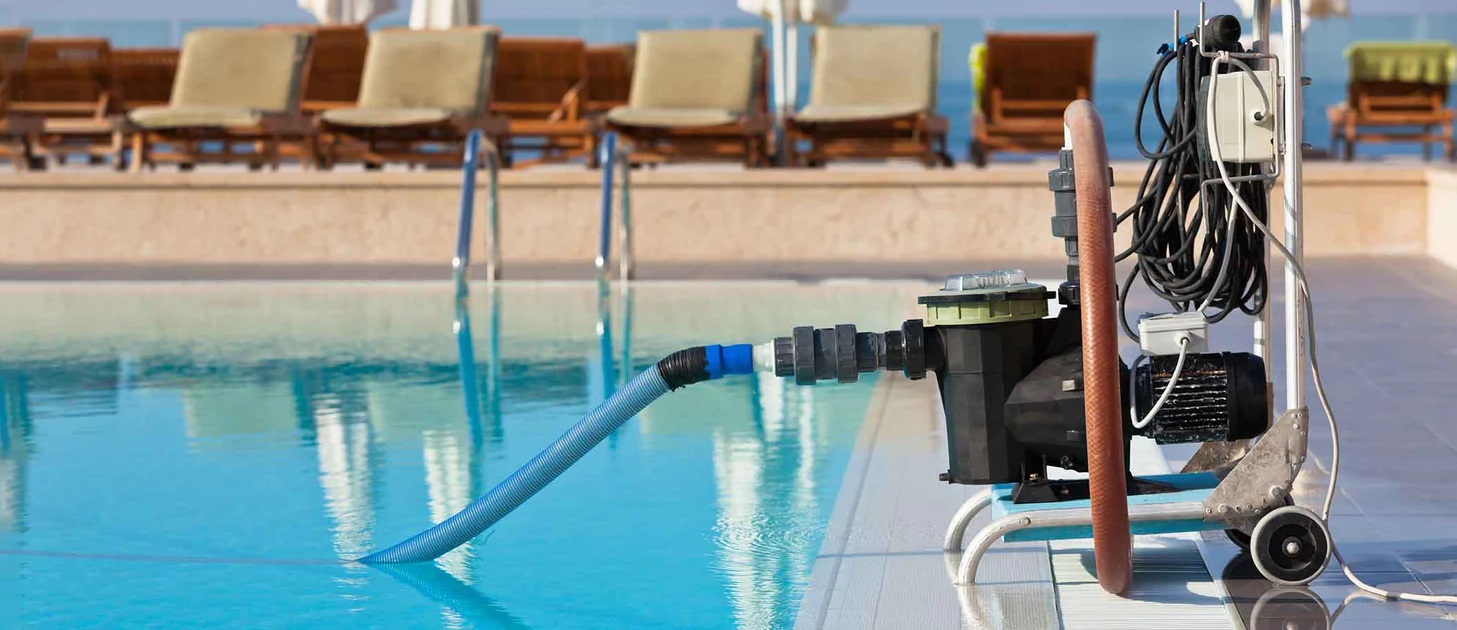
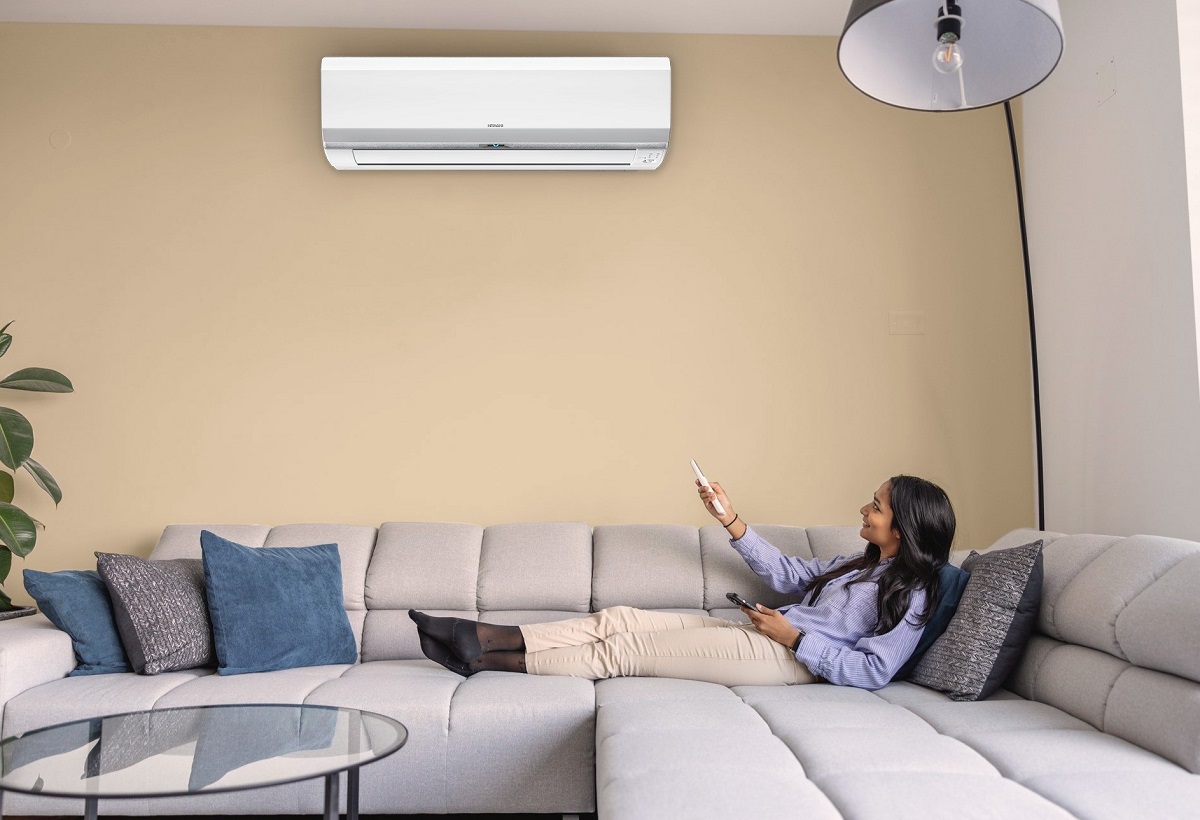
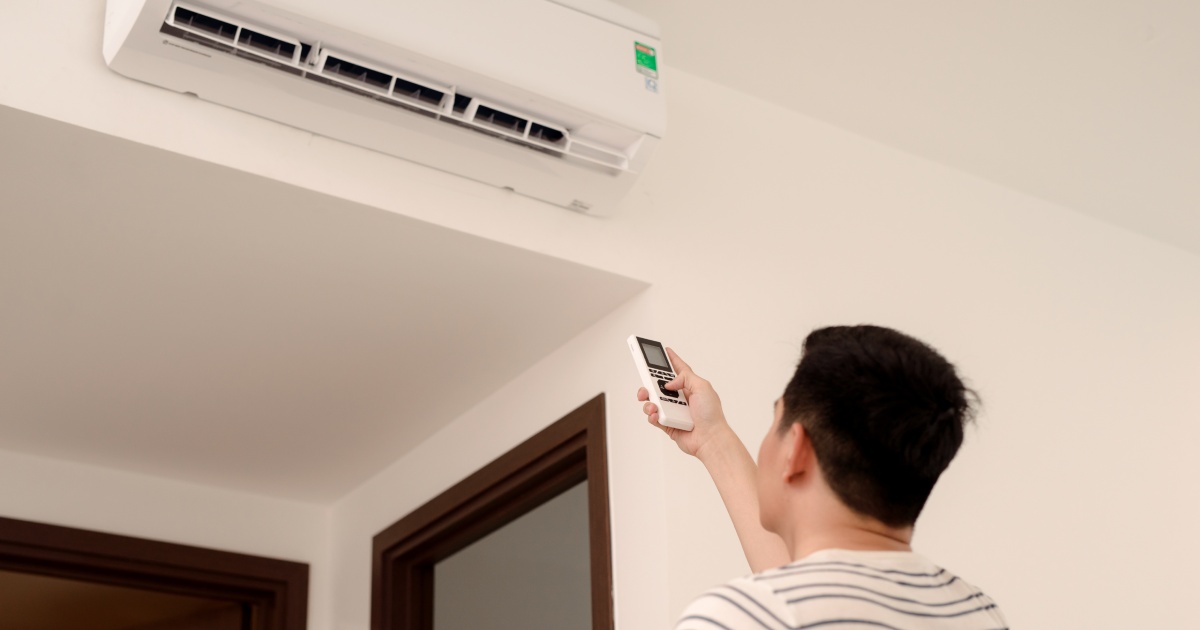
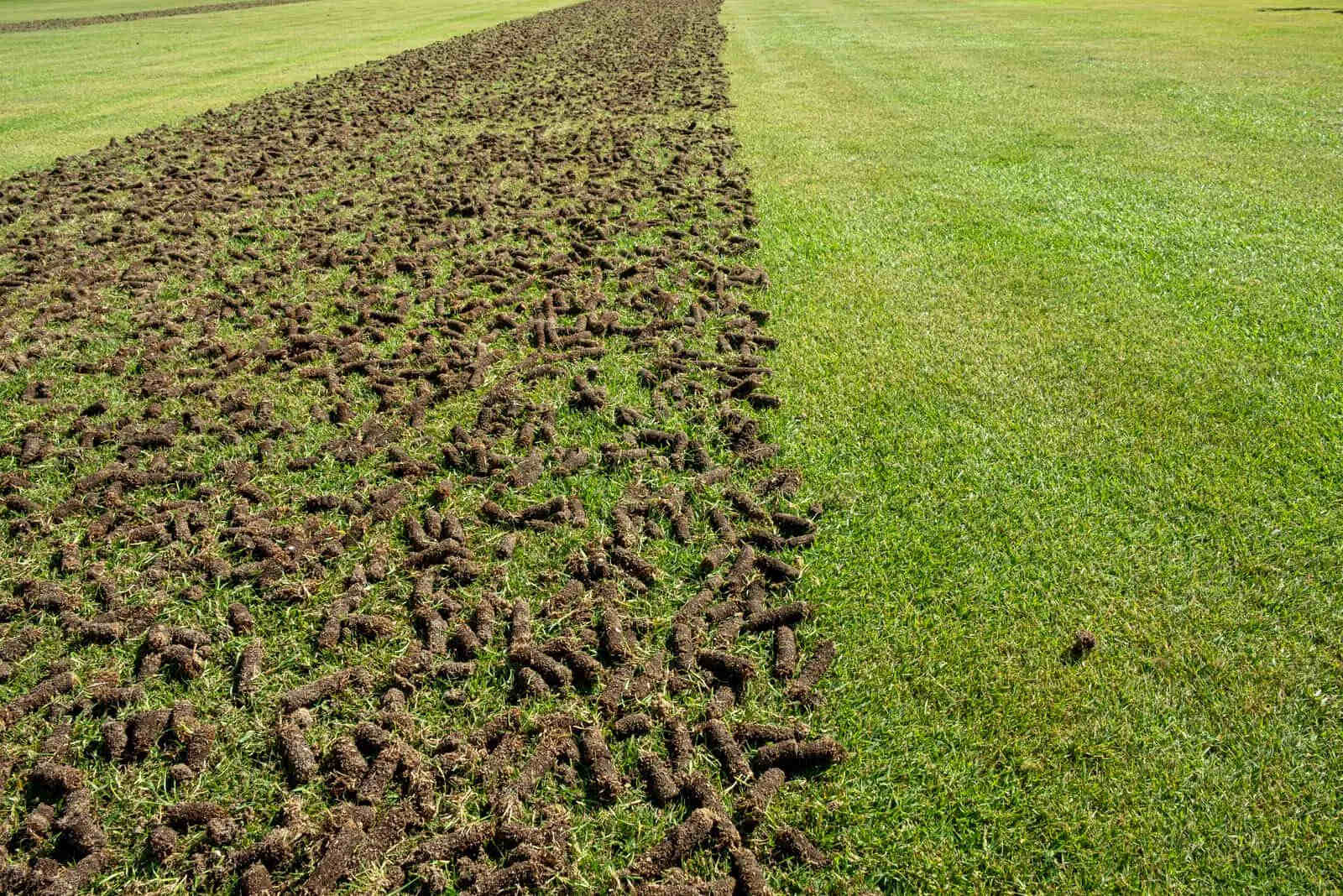
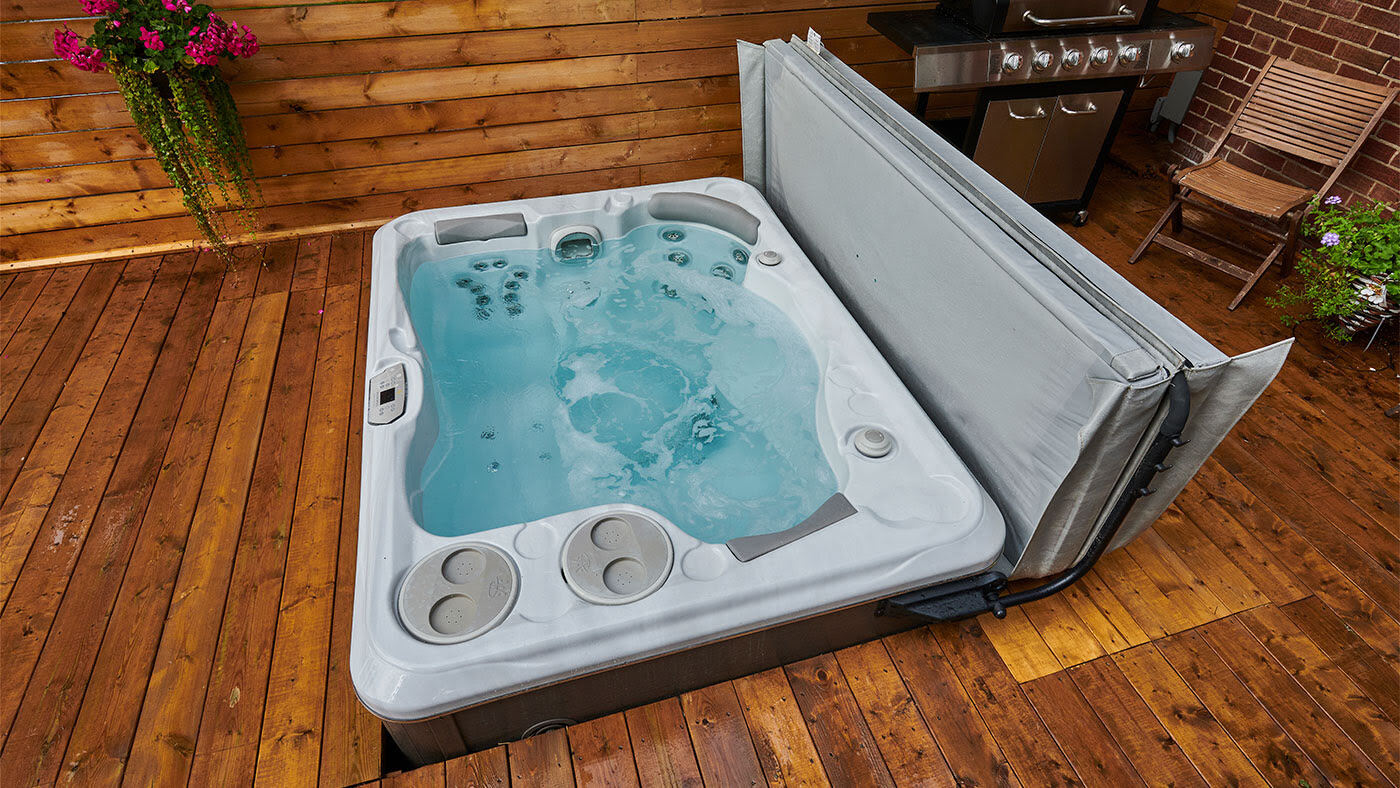
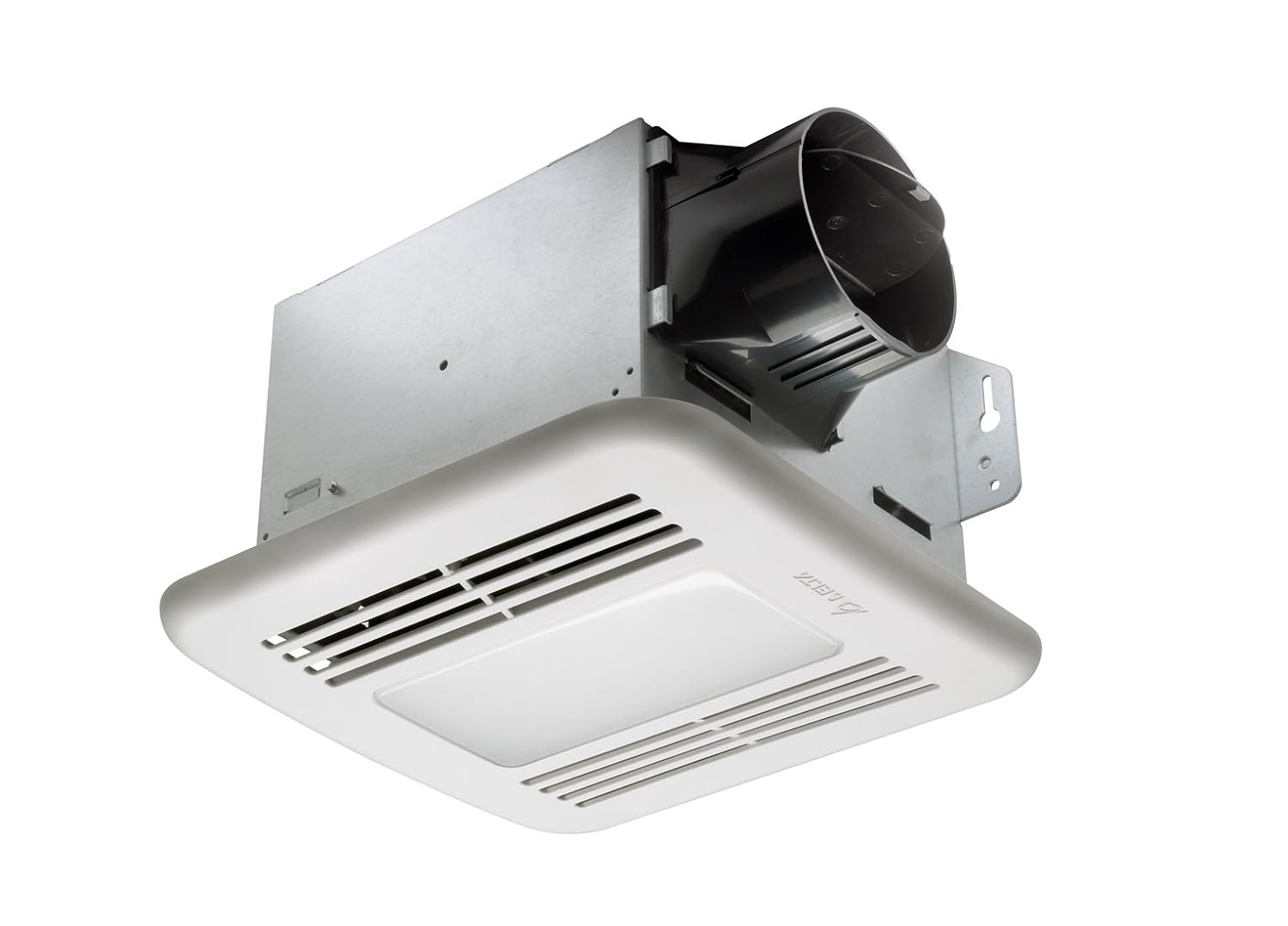
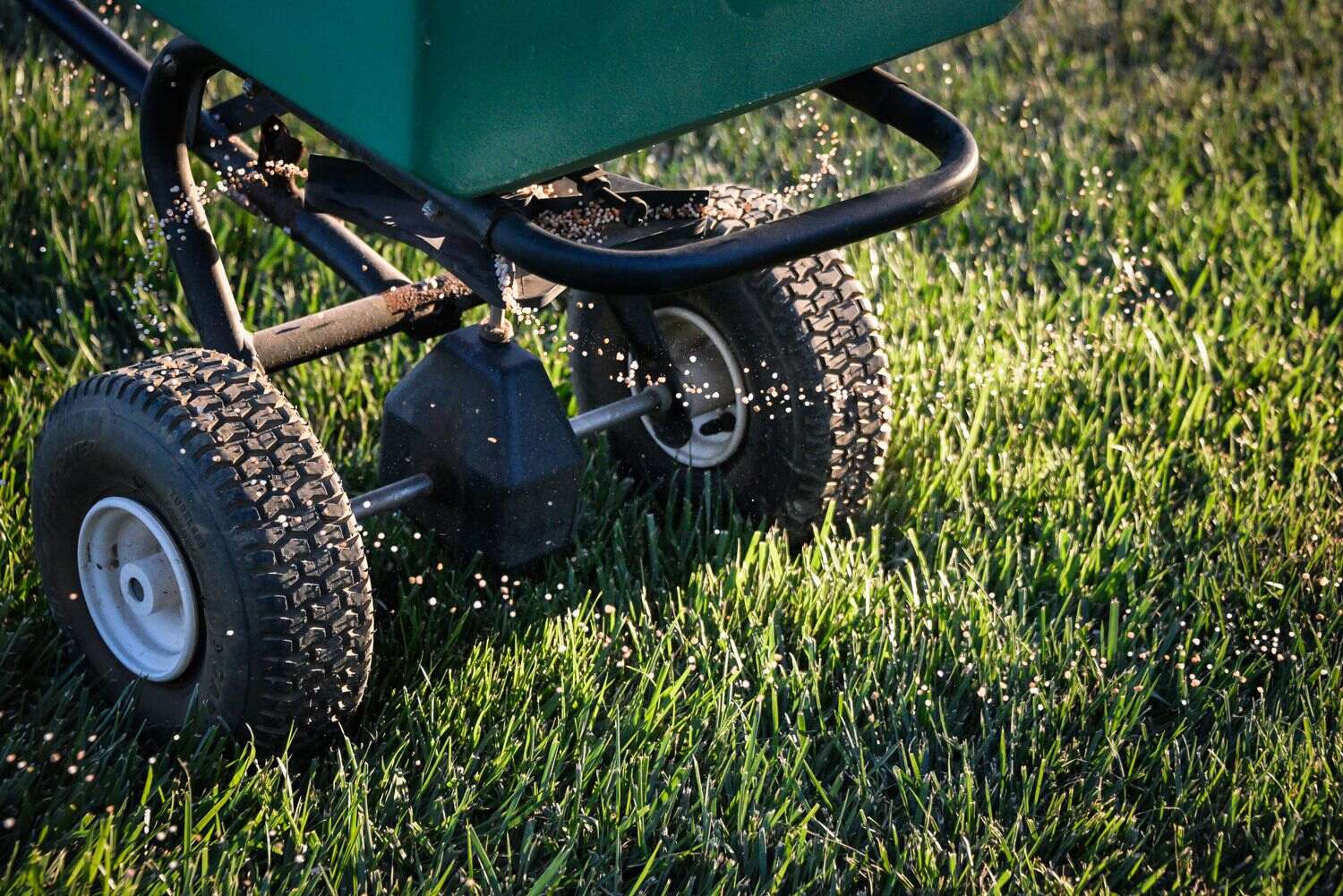

0 thoughts on “How Long Should We Run A Power Ventilation System On A Boat After Fueling”